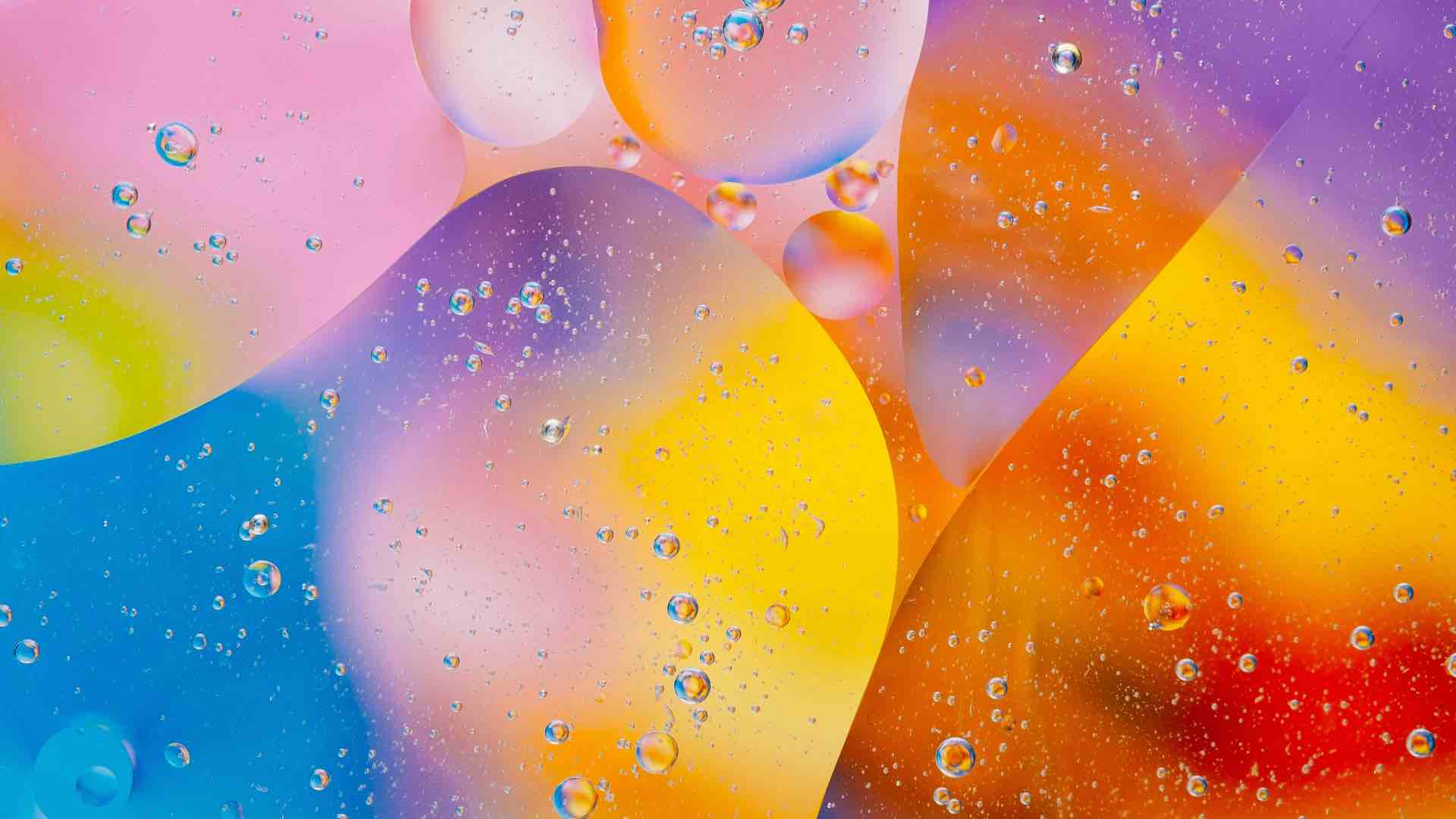Introduction.
Color theory, the art and science of combining colors to create visual harmony, has been a cornerstone of design for centuries. In the dynamic world of design, staying abreast of color trends is paramount. As we step into 2024, the evolution of color theory introduces new palettes and combinations that promise to redefine visual aesthetics. This blog post delves into the latest trends and innovations in color theory, exploring the hues and combinations that will shape design landscapes in 2024.
Delve deeper into it, Explore our blog at Choosing the Right Hues for Your Design for a wealth of knowledge and inspiration
Historical Overview.
Color theory traces its roots back to ancient civilizations where colors were associated with symbolism and culture. However, it wasn't until the 18th century that a systematic approach to color emerged. Sir Isaac Newton's experiments with prisms and light led to the development of the color wheel which became the foundation of modern color theory. The color wheel allowed for the classification and understanding of primary secondary and tertiary colors forming the basis for color harmonies and combinations. The psychological and emotional impact of colors, as explored by pioneers like Johann Wolfgang von Goethe and Johannes Itten, laid the groundwork for designers to evoke specific feelings through color choices.
Evolution of Color Theory.
As technology advanced so did color theory. The invention of color printing and the introduction of color television in the mid-20th century opened up new possibilities for designers. Color became a powerful tool for communication and expression leading to the exploration of psychological and emotional associations with different hues.
In recent years color theory has taken a more interdisciplinary approach incorporating insights from fields such as psychology neuroscience and even cultural studies. Designers are now considering the physiological and psychological effects of color on individuals aiming to create more impactful and meaningful visual experiences.
The New Age of Color: Palettes and Combinations.
- Neo-Minimalism: In 2024, a trend gaining momentum is Neo-Minimalism. This approach involves a minimal color palette characterized by muted tones and subtle contrasts. Designers are opting for soft grays, muted greens, and dusty blues, creating serene and sophisticated visuals that prioritize simplicity and clarity.
- Bioluminescent Tones: Inspired by the mesmerizing glow of bioluminescent organisms this color palette incorporates luminous blues greens and purples. These colors evoke a sense of mystery and enchantment making them ideal for creating captivating visual experiences.
- Biophilic Hues: Inspired by nature, biophilic color palettes are becoming increasingly popular. Earthy greens, warm browns, and soft terracottas bring a sense of tranquility and connection to the natural world. Biophilic hues not only create visually appealing designs but also promote a calming and harmonious atmosphere.
- Neo-Pastel: Pastel colors have long been associated with softness and femininity. However, the neo-pastel palette takes a bolder approach infusing these delicate hues with vibrant undertones. This combination creates a harmonious balance between subtlety and intensity allowing for a fresh and contemporary aesthetic.
- Digital Vibrance: As our interactions become more digital, a surge of vibrant and high-saturation colors is taking over design. Electric blues, neon pinks, and vivid yellows create energetic and attention-grabbing compositions that resonate well in the digital landscape. These colors are ideal for brands looking to make a bold statement and capture online audiences.
- Metallic Fusion: The fusion of metallic tones with traditional color schemes adds a touch of luxury and sophistication. Rich golds, coppery oranges, and silver grays complement existing color palettes, elevating designs with a sense of opulence and modernity.
- Gradient Innovations: Gradients have evolved beyond the conventional rainbow spectrum. Designers are experimenting with unconventional color transitions, such as duotone gradients and gradients inspired by celestial phenomena. These innovations inject a sense of dynamism and visual interest into designs, especially in digital and interactive contexts.
- Earthy Minimalism: With an increasing focus on sustainability and natural elements earthy tones have gained popularity. The earthy minimalism palette combines warm browns soft greens and muted yellows creating a serene and organic ambiance. This palette resonates with the desire for simplicity and connection with nature.
The Psychology of Color in 2024.
Understanding the psychological impact of colors remains integral to effective design. In 2024, designers are leveraging color psychology to evoke specific emotions and responses:
- Calm and Focus: Soft blues and greens are employed to create calming and focused environments, particularly in applications related to mental health, wellness, and productivity.
- Energizing and Dynamic: High-energy colors like reds and oranges are used to inject vitality and dynamism into designs, ideal for brands aiming to convey passion, urgency, or excitement.
- Trust and Reliability: Classic blues and earthy tones continue to represent trustworthiness and reliability, making them a go-to choice for corporate and professional settings.
Conclusion.
The evolution of color theory has paved the way for endless possibilities in design and technology. As we look forward to 2024 new palettes and combinations offer exciting prospects for visual creations. Whether it's the bold neo-pastel the enchanting bioluminescent tones or the calming earthy minimalism designers have a wealth of options to convey their messages and evoke emotions through color.




